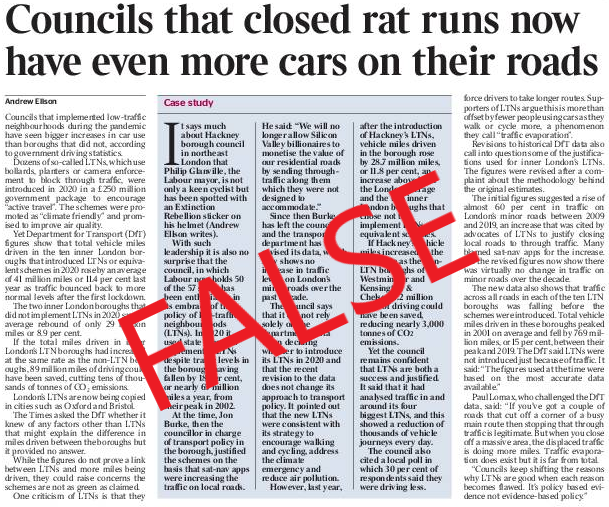🧱 The built environment represents 40% of U.K emissions, but the #Treasury's approach to the decarbonisation of this sector is an object lesson in how a lack of joined-up thinking is taking us away from our legally-binding #netzero carbon commitments.
A #Budget2021 THREAD!
A #Budget2021 THREAD!

🔨It can take between 10 and 80 years for a new, energy-efficient building to offset the emissions created during the construction process. 

💷 But the U.K tax system militates against low carbon retrofit and upgrades to existing buildings by levying 20% VAT on renovations, while zero-rating new build homes. This means it often makes more financial sense to demolish and rebuild, rather than preserve and upgrade. 

🏛️ By incentivising new build, the Treasury is going against the learned view of organisations such as the U.S National Trust for Historic Preservation, which has shown that ‘reusing an existing building...is almost always the best choice regardless of building type and climate’. 

👷 This is a sentiment shared and succinctly expressed by no less than Carl Elefante, former president of the American Institute of Architects, who famously stated that ‘the greenest building is the one that already exists’. architectsjournal.co.uk/news/opinion/t…
🏘️ A reduction or zero-rating of the VAT currently levied on renovations would certainly be welcomed by Councils and registered providers of social housing, and would encourage them to rapidly upgrade their leaky housing stock, reducing both domestic emissions and fuel poverty...
🏡...and reducing or eliminating VAT on low carbon retrofit would also incentivise investment in energy efficiency measures by the unsupported 60% of owner-occupied homes that are not fuel poor, as noted by which the Climate Change Committee this week.
theccc.org.uk/publication/in…
theccc.org.uk/publication/in…
🏗️ If the support for retrofit from architects, Councils, and housing associations were not enough, the @fmbuilders has also made it clear that a cut in VAT for renovations would support the construction sector, cut carbon, and help 'level up' the country.
fmb.org.uk/resource/two-t…
fmb.org.uk/resource/two-t…
⚡️ The National Infrastructure Commission estimates that we need to deliver over 21 million individual heat energy efficiency measures to buildings in England by 2035. This includes insulating 10 million lofts, 6 million floors and almost 45 million walls.
💡 For context, this equates to 21,000 energy efficiency improvements installed every week between now and 2035. The current rate of progress is around 9,000 improvements installations weekly.
To bridge that gap, we need a different approach. Starting with zero-rating retrofit.
To bridge that gap, we need a different approach. Starting with zero-rating retrofit.

💼 So, come on @RishiSunak and @hmtreasury, in the year that the U.K hosts #COP26Glasgow, listen to the experts on what is required to start significantly decarbonising our leaky housing and reducing fuel poverty. #NetZero actions speak louder than words. 

• • •
Missing some Tweet in this thread? You can try to
force a refresh

















